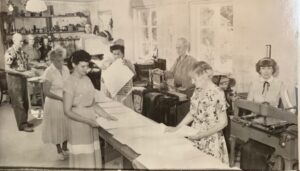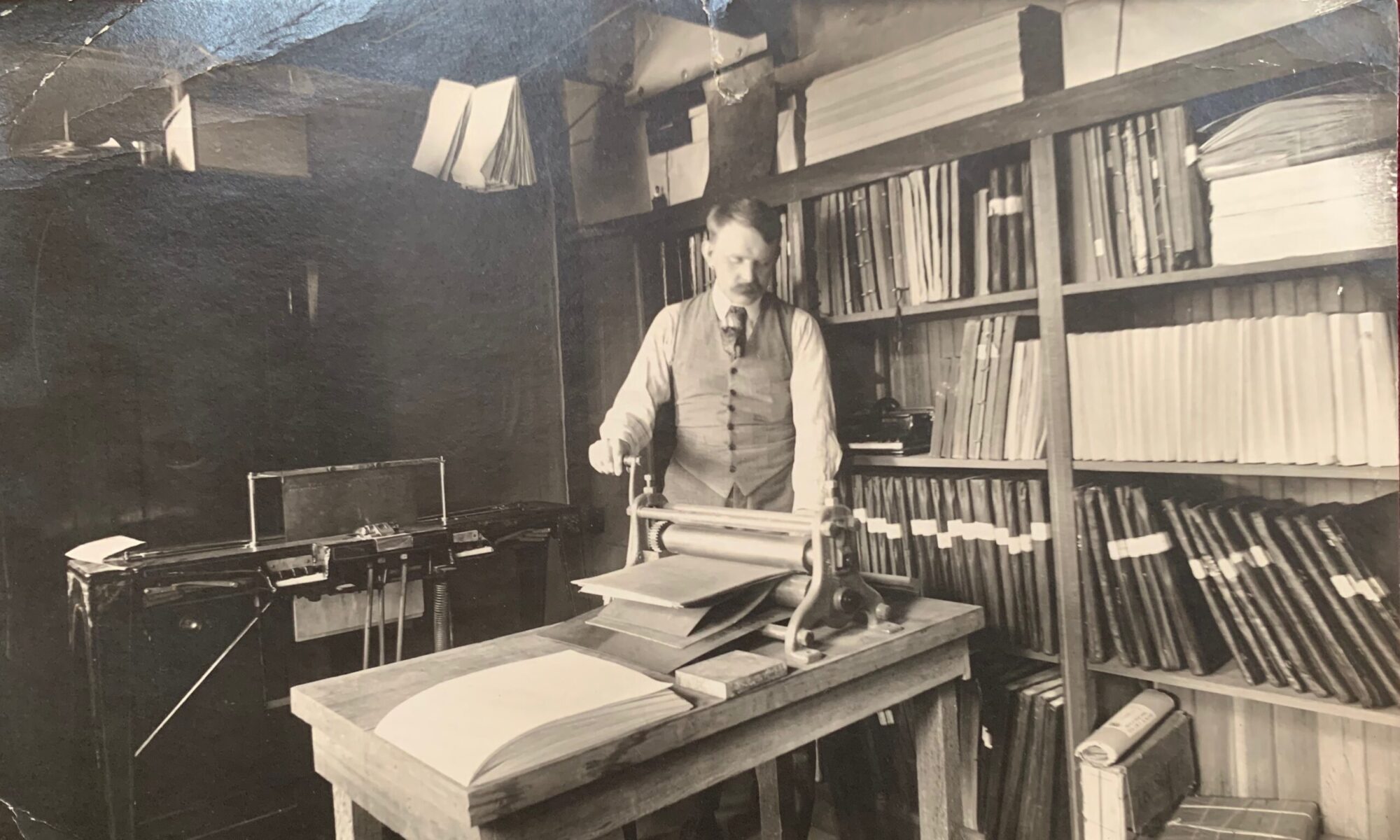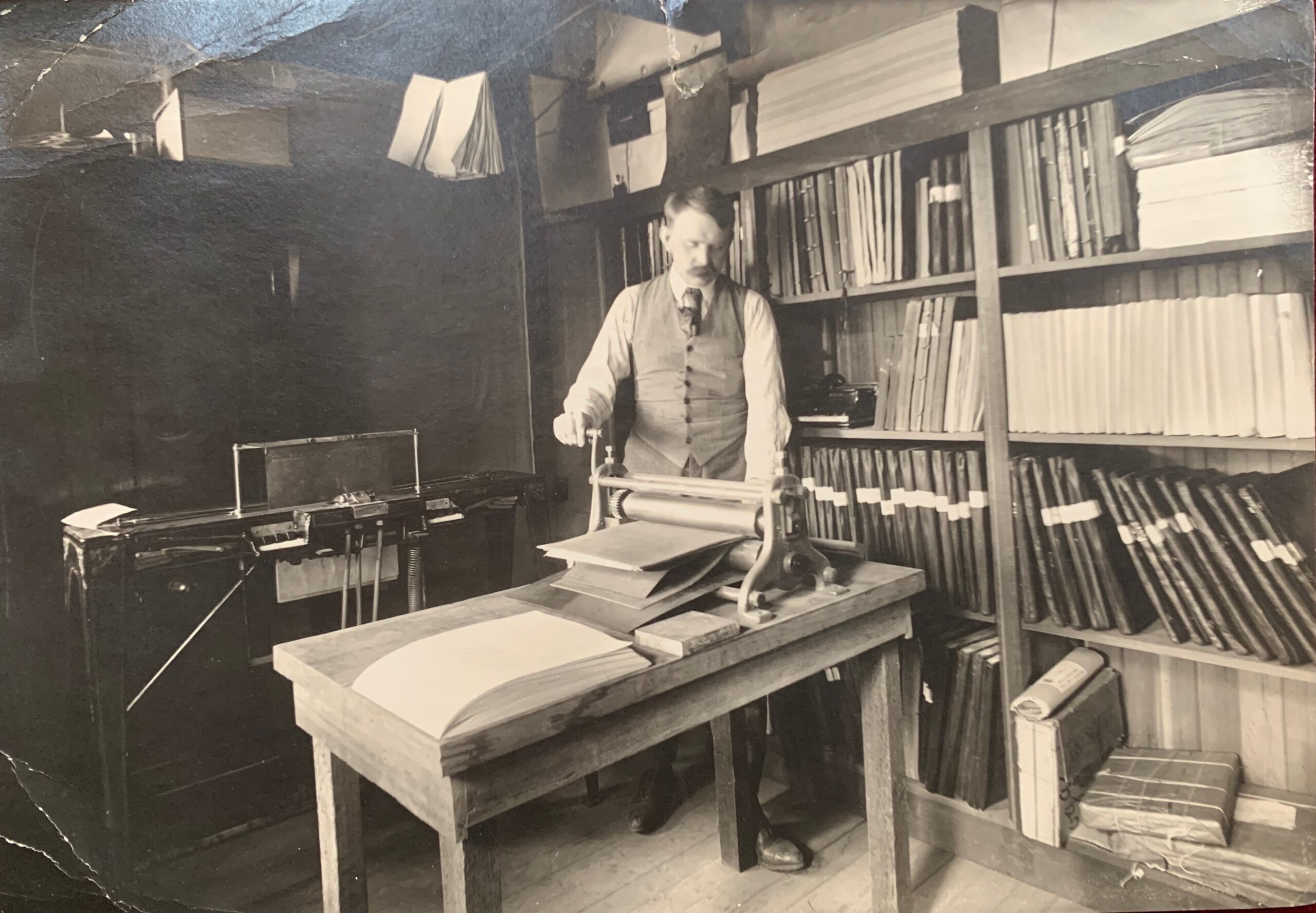dba Philosophical Books for the Blind, Inc. ~
Theosophical Book Association for the Blind, Inc. (TBAB) had its birth in 1910 by Mr. Ole Dahl in Boston, Massachusetts. Mr. Dahl worked in the Boston Public Library and devised a hand printing press to duplicate copies of Braille type set on metal plates.
The blind need the support of us who have the gift of sight.
The following information is from www.brailleworks.com:
Braille Literacy Statistics and How They Relate to Equality Published on
-
The World Health Organization (WHO) estimates that there are 45 million people who are blind or visual impairments that cannot be corrected with lenses.
-
Of the 45 million people 90% of them live in developed countries. The issue is global and not restricted to impoverished areas.
-
The American Printing House for the Blind polls each state for data on children between the ages of 4 and 21. Their results are alarming, it is estimated that 60,400 students are attending public schools or public ran programs. Here is a breakdown of the literacy percentages for these children:
-
34.8% of students are identified as non-readers
-
9.2% of students are defined as auditory readers
-
18.3% of students are pre-readers (learning the reading basics)
-
29.2% of students are defined as print readers
-
8.5% are identified as Braille readers
-
“In 1960, 50% of legally blind, school-age children were able to read braille in the U.S… Currently, among the estimated 85,000 blind adults in the United States, 90% of those who are braille-literate are employed…” https://en.wikipedia.org/wiki/Braille
2015 Annual Report from the American Printing House for the Blind, “61,739 legally blind students registered in the U.S. Of these, 8.6% were registered as braille readers…”
2016 visually impaired adults (16-75+ ages) numbered 7,208,700… With the USA Average population in 2016 of 323,100,000 people (https://en.wikipedia.org/wiki/Demographics_of_the_United_States), an estimated 2% of our population are visually impaired.
2017, 63,357 legally blind students…“ (https://www.nfb.org/resources/blindness-statistics)
As of 2020 Santa Barbara County estimates to have a population of 423,895 (https://suburbanstats.org/population/california/how-many-people-live-in-santa-barbara-county) which gives us an estimated 8,478 visually impaired persons in Santa Barbara County.
The following information is from www.nfb.org National Federation of the Blind:
The Braille Literacy Crisis in America is clearly defined in a Report to the Nation by the National Federation of the Blind Jernigan Institute Published March 26, 2009.
- Fewer than 10 percent of the 1.3 million people who are legally blind in the United States are Braille readers. Further, a mere 10 percent of blind children are learning it.
- Each year as many as 75,000 people lose all or part of their vision. As the baby-boom generation moves into retirement age and as diabetes (the nation’s leading cause of blindness) approaches epidemic proportions, the NFB expects this number to increase dramatically and, if nothing is done, the Braille illiteracy rate as well.
- The current effects of this crisis are dire. Over 70 percent of blind adults are unemployed, and as many as 50 percent of blind high school students drop out of high school.
TBAB’s History
In 1916 Mr. Dahl brought this work from Boston, Massachusetts, to the Theosophical Center in Hollywood, California, and asked Mr. Florian A. Baker to take over the work. Mr. Baker was then a visually impaired artist, painting portraits of movie stars. On November 25, 1921 Mr. Baker founded the American Brotherhood of Free Reading For The Blind, Inc. In 1926 Mr. Baker founded the Braille Star Theosophist magazine, printing articles on Theosophy and by Mr. J. Krishnamurti and this continued into the 21st century.
In 1938 Mr. Baker asked Mrs. Flavia B. MacKenzie to come and help with the work. On May 12, 1943 the Theosophical Book Association for the Blind (TBAB) was incorporated and non-profit status was recognized in 1945 during the second world war, with tax identification number 95-1716129 and in the same year Mrs. MacKenzie brought into the work her new husband Mr. Roy C. Snyder.

Mr. Baker passed away in 1947. January 30, 1948 the braille work was moved to the Krotona Estate of the Theosophical Center in Ojai, California with a gift of land from Miss Marie Pontz.
March 14, 1948 the cornerstone of the braille library and print shop, called The Baker Memorial Library was laid by full Co-Masonic ceremony.
In 1955 Mrs. and Mr. Snyder were invited to Pakistan to teach English Braille to teachers. The Snyders continued this service of teaching Braille internationally all their lives. In 1957 a new magazine on Theosophy in Spanish Braille called Eterna Sabiduria was the first periodical in Spanish braille in the world, with the help of volunteers Mrs. Julia de Rivera and Miss Carmen Garcia.
By 1970 TBAB was printing 800 copies of the Braille Star Theosophist magazine and mailing it out to 64 countries of the world besides the United States, and 400 Spanish Eterna Sabiduria were sent to 28 countries. TBAB was circulating over 1200 Braille library books. Besides the previously mentioned magazines printed and distributed, TBAB printed a magazine in French Braille for 7 years, and Portuguese Braille for 5 years. All this worldwide work has been sustained by individual contributions from members of the Theosophical Society in America and the public.
In 2000 TBAB’s President Dr. Caren Elin moved from its offices and lending library from Ojai to Santa Maria. 2018 TBAB’s President Vera Meyer moved its offices and lending library to Santa Barbara. TBAB is now in the process of reviewing its remaining Braille books and providing UEB updates to keep the aging Braille books up to date. TBAB is also working with the Santa Barbara Braille Institute in teaching Braille and due to the pandemic of COVID, TBAB is working assisting in remote learning of Braille.
Under TBAB’s dba Philosophical Books for the Blind, we continue to focus on the need for Braille literacy to assist the visually impaired in enjoying a full life with greater self- sufficiency.

